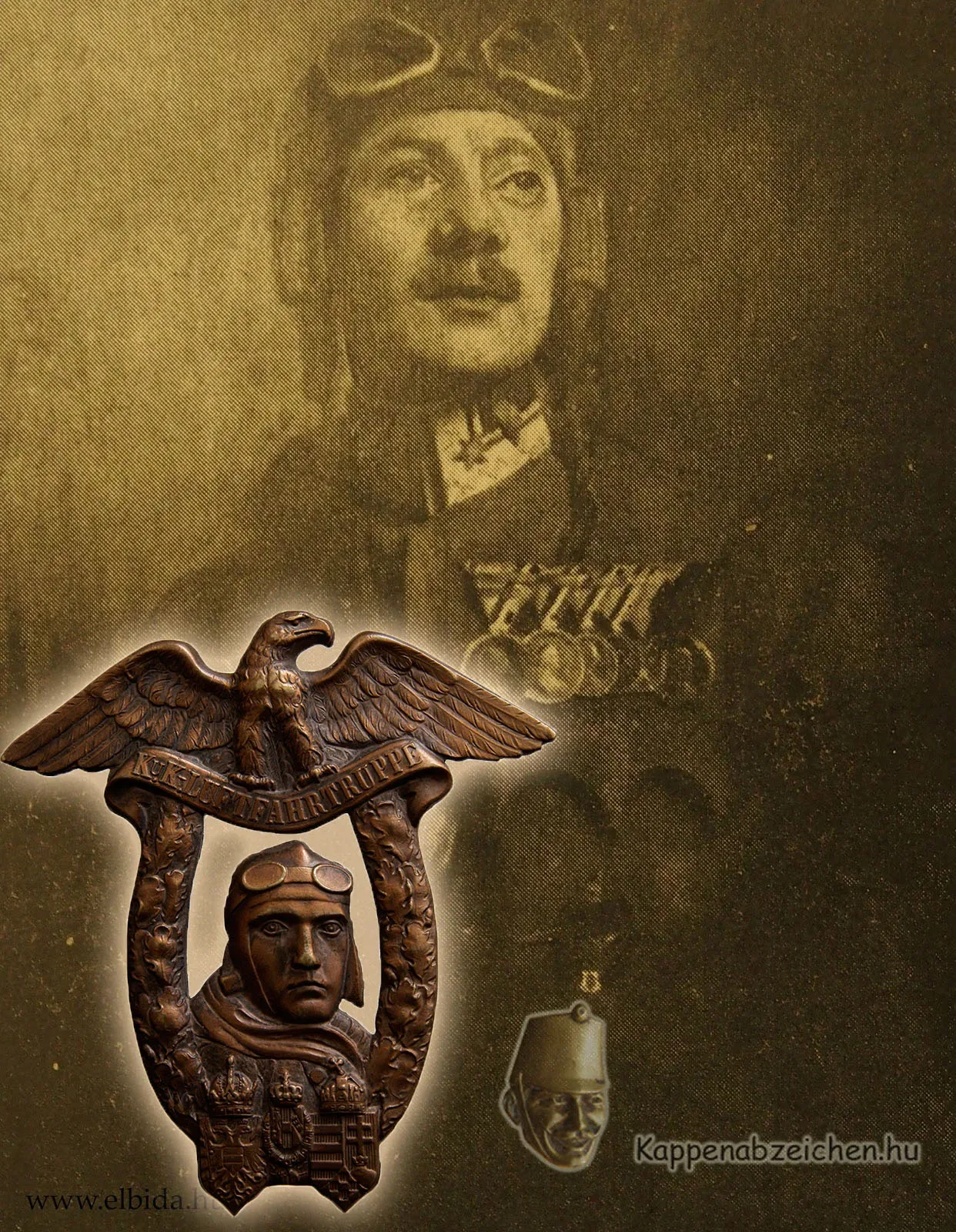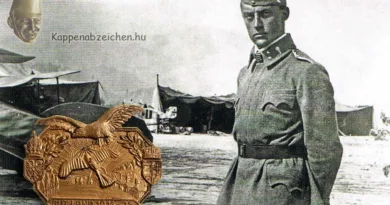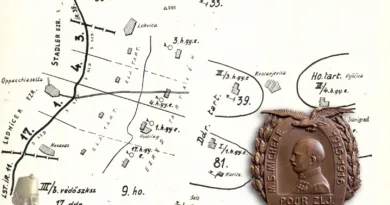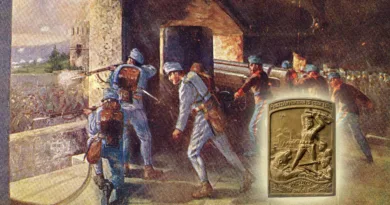August 1918
After the unsuccessful Piave offensive, the Monarchy gathered its last strength and tried to strengthen its forces and the fronts. At that time, it only had occupying tasks to the east in Ukraine and Romania. In the Balkans, a low-intensity war was going on in Albania and on the Greek border. The Italian front was the most active. Here, the combined Entente forces tried to take advantage of the confusion after the lost offensive and further weaken and grind down the Monarchy’s troops. Along the Piave, he had the opportunity to do this mostly with artillery operations and the use of aircraft.
The use of the air force already had significant results during the Piave offensive. Entente aircraft successfully destroyed the military bridges securing the crossing of the Piave. With ground attacks, they were able to disturb and demoralize the marching troops. A similar air superiority developed in Palestine. The Turkish, German and Austro-Hungarian troops retreating towards Syria were hit by continuous low-level attacks: bombing and machine gun fire.
Gaining and maintaining air superiority became increasingly important. So it’s no wonder that air battles have become more and more frequent. Earlier, I reported on the death of two Austro-Hungarian flying aces, József Kiss and Frank Linke-Crawford. In August 1918, the fight continued with the same intensity and there were more victims. In this post, however, the focus is more on a miraculous escape, which was also a milestone in aviation history.
Sergeant Frigyes Hefty was involved in aviation even before the Great War, participated in air shows and was a passionate pilot. From 1915 he was a soldier in the Austro-Hungarian Air Force, first as an observer and then as a pilot. He achieved nine aerial victories, five of which were confirmed. That’s how he became a flying ace. His activities were honored with a total of ten bravery medals, three of which were first class (gold).
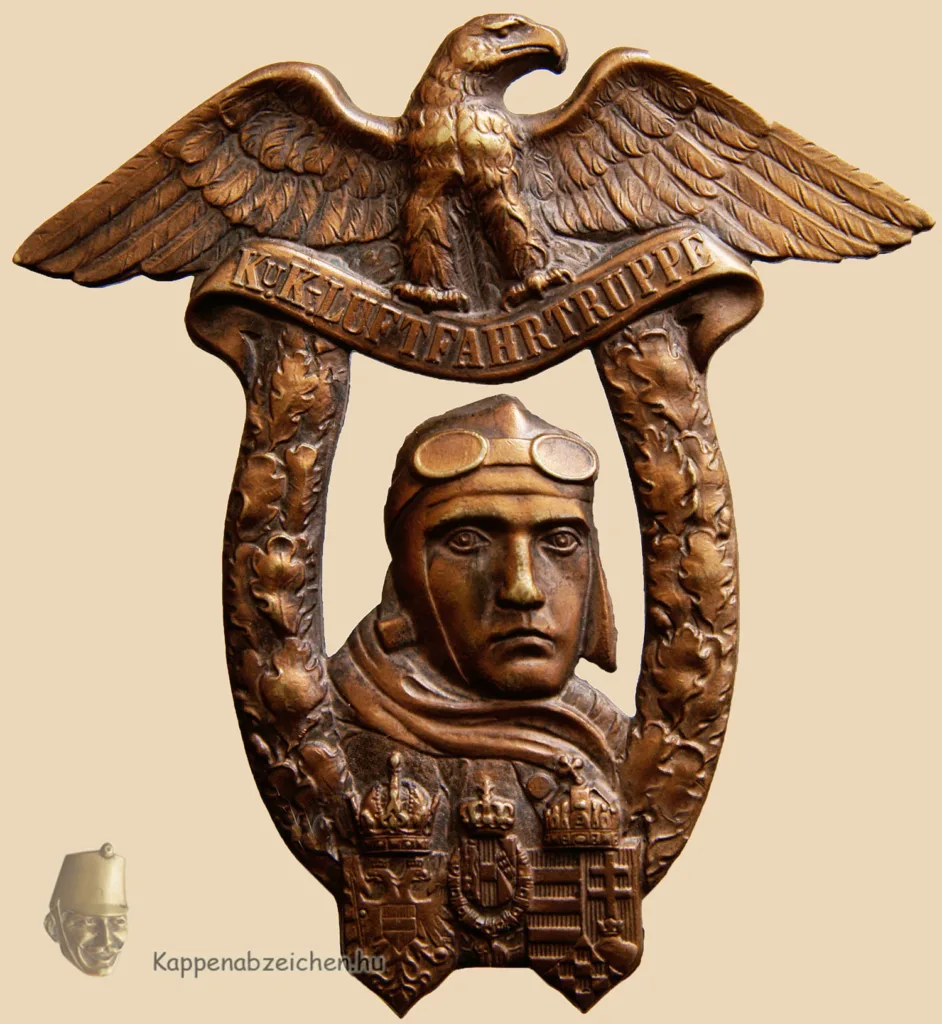
Hefty’s name stands out among his fellow soldiers because he was the first pilot who was able to escape from his damaged plane in air combat by jumping out with a parachute. There had been parachute jumps in the past, also in the Monarchy’s air force, but Hefty was the first to be proven to have escaped certain death by parachute from his burning plane during air combat. This happened on August 22, 1918.
I’ve attached an airman’s badge to Hefty’s photo, it’s relatively rare. According to most experts, this is the badge of the Wiener Neustadt flying school

